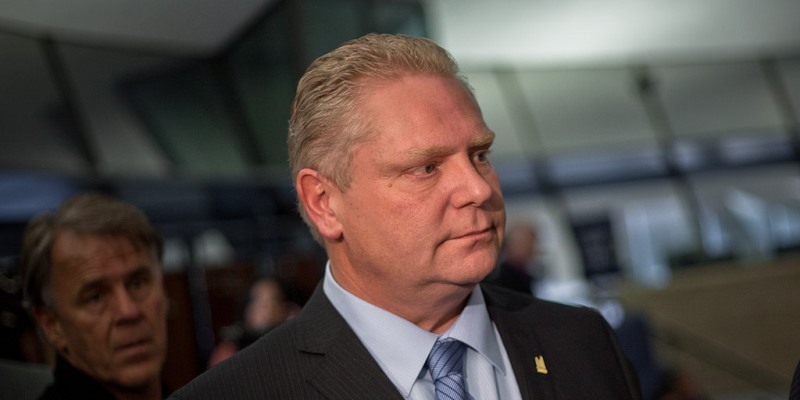Spending discipline key to Ontario's fiscal and economic success

Premier Doug Ford’s PC government faces many fiscal and economic challenges including Ontario’s huge debt load and high tax rates in key areas. The interest payments on the debt impose costs on taxpayers while high tax rates make it harder for the province to compete with other jurisdictions to attract investment and talented professionals.
To address these problems, the Ford government must do something its immediate predecessors were unable to—exercise spending discipline while working to reform and reduce spending.
Although a popular narrative blames Ontario’s massive run-up in government debt in recent years on the 2008/09 recession, in reality, spending is at the root of Ontario’s fiscal problems. A recent Fraser Institute study shows that from 2003 to 2015, the rate of government spending growth far outstripped what was necessary to offset cost pressures from inflation and a growing population. If spending had been increased more prudently, only in line with these cost pressures, the province would have run surpluses nearly every year of the past decade.
In short, if the McGuinty and Wynne governments had exercised a disciplined approach to spending, the big run-up in debt would not have happened.
In an effort to pay for all this spending and fight the deficits, Ontario’s government raised income taxes while cancelling planned reductions in the corporate income tax. Unfortunately, these choices undermined the province’s economic competitiveness and reduced its economic growth rate. Meanwhile, the extra revenue raised proved insufficient to cover spending increases—so Ontario’s debt ballooned.
Consequently, undisciplined spending is largely responsible for two of Ontario’s major economic challenges—a large debt and high tax rates. Again, if the Ford government wants to address these challenges, it must strike at the root and take a fundamentally different approach to spending than its predecessors.
For example, in 2017/18, the Wynne government increased program spending (all spending aside from debt-service payments) by 6 per cent, with a similar hike planned for this year and smaller increases in the years ahead. The Wynne government’s own budget shows this plan would mean persistent deficits and much more debt.
If instead, the Ford government holds the line on nominal spending at the levels it inherited in 2017/18, Ontario will be in much better shape a few years from now. Specifically, within three years, not only would the deficit be long gone but the government would create approximately $15 billion worth of fiscal room it could put back in the hands of businesses and individuals in Ontario to help drive growth. If the government were to go a step further and implement a 5 per cent reduction in spending in year one, followed by a nominal freeze, an additional $6 billion in tax relief would be possible.
Ontario has the second highest top personal income tax rate in North America and holds more debt than any other sub-national government in the world. If these challenges are not addressed, they will continue to reduce the quality of life of Ontarians and the opportunities available for their children. These problems are substantial, but not intractable. Solving them, however, will take something that’s been in short supply at Queen’s Park—a resolute commitment to spending discipline.
Author:
Subscribe to the Fraser Institute
Get the latest news from the Fraser Institute on the latest research studies, news and events.

